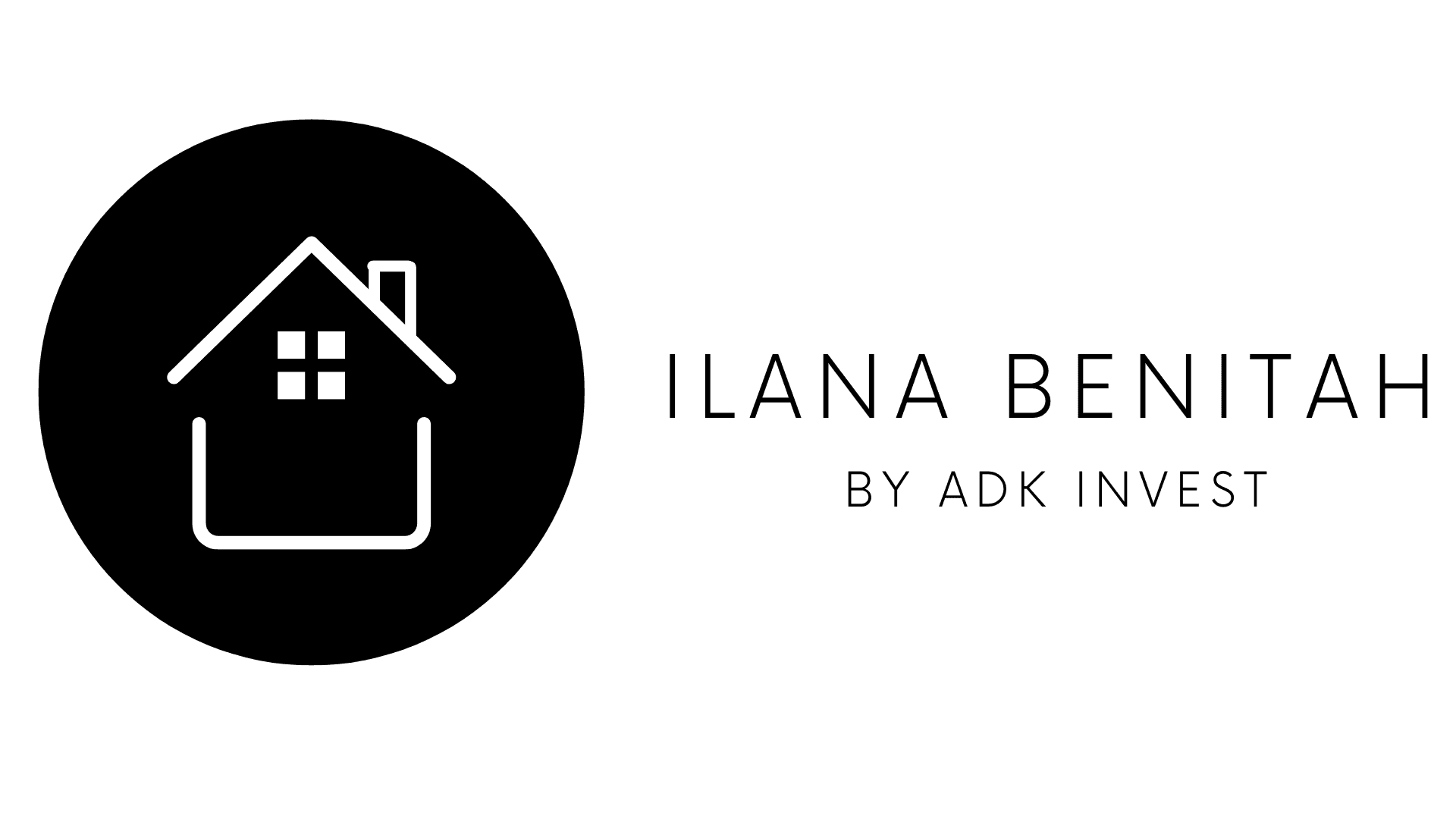1. Rental Yields: Market Figures and Trends
Investing in rental properties in Netanya offers a 5–8% gross yield in 2025. Standard apartments yield around 5–7%, while beachfront or short-term rental units may reach 9%. The price-to-rent ratio (around 31–32) confirms solid tenant demand.
Demand remains strong, driven by young professionals, expats and tourists. Airbnb listings (~560 active) generate average revenues of ₪104K/year with 51% occupancy.
2. Investment Strategies: With or Without Tenant
Option 1: Purchase with an existing tenant for immediate cash flow and reduced vacancy risk. Downside: limited ability to renovate or reposition the property.
Option 2: Buy vacant (new or older property), furnish it, and target long‑term or holiday rentals. This boosts yield through favorable tax regimes and rental premiums. Full management by an agency is possible.
3. Opportunities and Risks Ahead
Prime areas like Ir Yamim, Kiryat Hasharon, South Beach or Nat 600 blend amenities, coastal access and tenant demand. Each caters to different investor profiles: family, tourist, or luxury.
Risks include price fluctuations, management and maintenance costs, and rental cap regulations. Seasonal rentals face market saturation and potential new taxes.
A 3–4 room apartment in Kiryat Hasharon can rent for ₪7–9K/month long-term, up to ₪12K short-term. With a purchase price around ₪2.5K/m², net yield may reach 6–7% post-expenses.
4. Best Practices Before Buying
1. Thorough neighborhood analysis: proximity to schools, transport, shops, health services.
2. Financial modeling: estimate rental income, total acquisition cost, charges, taxes, vacancy risk.
3. Property inspection: check condition, systems, and renovation needs.
4. Rental status decision: furnished (favorable taxation) vs unfurnished, tenant in place or not.
5. Professional property management: agency support ensures smooth operation but reduces net yield slightly.

